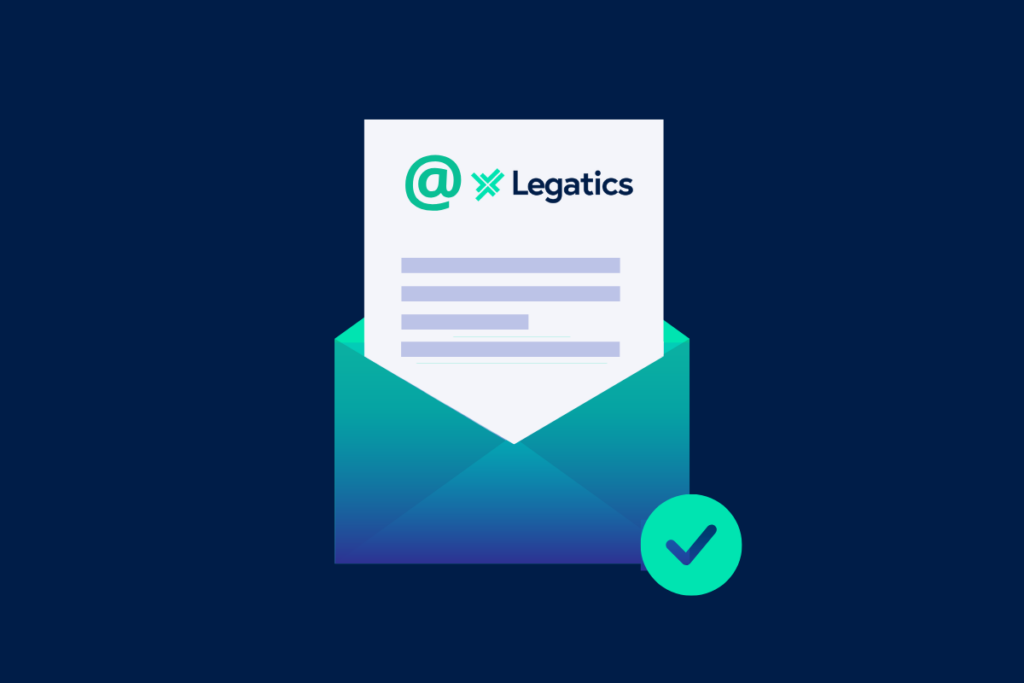Legal Geek Amsterdam opened with a vivid metaphor. The legal sector is facing its Wizard of Oz moment. Knowledge and workflows that used to be hard to access and require specialist expertise are now widely available online. And it turns out that lawyers, like the Wizard, are only human after all.
So what is to be done?
Throughout the day, we heard extraordinary stories about how firms are successfully using legal technology, in particular AI, to achieve things that would not have been possible only years ago. And, to do so, they have drawn on the same set of skills as the characters in the movie; brains, courage, and heart – often finding out they had what they needed all along.
Brains: Making the most of the data within your firm
When it comes to AI, what you put in is what you get out. Jelle Van Veenen, of Dutch firm Kennedy Van Der Laan, compared deploying AI without using your firm’s data to ‘making coffee without the beans’.
Throughout the day, speakers stressed the importance of drawing on the high value proprietary data that exists within your firm to build solutions that are more efficient than what you can achieve alone, but more valuable than what a publicly available tool can deliver. This is something our own Chief Product Officer, Rob MacAdam, emphasised in the product showcase when he discussed Legatics harnessing transactional data to drive better deal insights for firms.
Likewise, AI and legal technology can dramatically increase the value of legal data. Throughout the day, speakers explored use cases including Custom GPTs or ‘vibe coded’ apps that can give you answers in minutes based on a set of templates or compliance guidelines, document automation that leverages best practices across your firm, and even deep discovery based on sentiment analysis and natural language processing.
Finally, using your own data effectively could be the answer to reliability issues. It was repeatedly stressed that AI answers based on the information it has access to, and that controlling the information it uses is key to controlling hallucinations.
Sebastien Bardou of LexisNexis explained in-depth how Retrieval Augmented Generation (RAG), combined with critical thinking on the part of the user, can reduce errors when using AI and make errors easier to catch when they do occur.
A single transaction management platform can provide your business with a wealth of high-value data. By capturing information at every stage of a deal, you can make your processes more efficient and ultimately capture more value. In our recent whitepaper, we explore how firms can extract maximum value from their deal data, and how Legatics can enable this.
Courage: Taking the leap and daring to try new things
The simplest step, if often the hardest step, is simply taking the leap and trialling new technologies. The most striking example of this came from Johannes Jung of Bird & Bird. He explained how his firm used AI assisted ‘vibe coding’ to rapidly turn around a variety of tools, from redlining solutions to ESG claims checkers, in under 4 hours each. By trialling this new technology, they have been able to build scalable, highly bespoke solutions that would not have been possible before.
In many cases, a vendor or delivery partner will help get quick access to the specialist tools and knowledge they need to thrive. Nisha Morjaria of Talbots LLP shared her experience rolling out AI agents across her firm, saving time and increasing efficiency, and emphasised that finding the right vendor was crucial for success. In each case, it will be essential to find a partner with the specialist expertise your firm needs.
At Legatics, we support our clients through change in a variety of ways. Our dedicated customer success team is available to support throughout your adoption journey. Our training and detailed knowledge hub make it easy to find the information you need when you want to self-serve.
Heart (and minds): Winning over the key stakeholders within your firm
The final ingredient for successful deployment of legal tech is getting the internal support to ensure adoption. This is also arguably the most important ingredient, as failing to achieve traction here will leave you with all of the costs of legal tech deployment and none of the benefits.
Michael Bjerg Hansen of Document Drafter argued that before even deciding to roll out a new technology, your firm’s leadership should ask the following questions:
- Do they understand the benefits to the firm?
- Do they have the momentum and resources to actually take this forward?
- Are they really excited by the opportunity?
A ‘no’ to any of these could be a sign of friction at the adoption stage, whereas the right solution should prompt an enthusiastic yes in each case.
The challenges of adoption were explored in even more depth in a panel session covering the adoption journey. One key takeaway was that tools don’t solve problems by themselves. The business case must be clear first. If you deploy a tool that does not clearly solve a problem for lawyers, it will not be used. We’ve always agreed with this at Legatics. At last year’s Legal Geek, our CEO Anthony Seale illustrated this same point using colourful kitchen metaphors.
Finally, the panellists stressed the importance of finding the tech enthusiasts at your firm. These individuals are natural early adopters and evangelists for technology across the firm, and can play a valuable role in securing buy-in for any new tool.
Final thoughts
Like the characters in the Wizard of Oz, firms are finding that legal innovation does not require magic after all – just hard-won lessons about what works and the talents they’ve had at their firms all along. With effective use of proprietary knowledge, the courage to try new things, and an eye to hearts and minds internally, the road ahead is bright – even if it’s not paved with yellow bricks!
We hope these insights have given you inspiration for your own innovation journey and we look forward to seeing you in October at the Legal Geek Conference in London.






